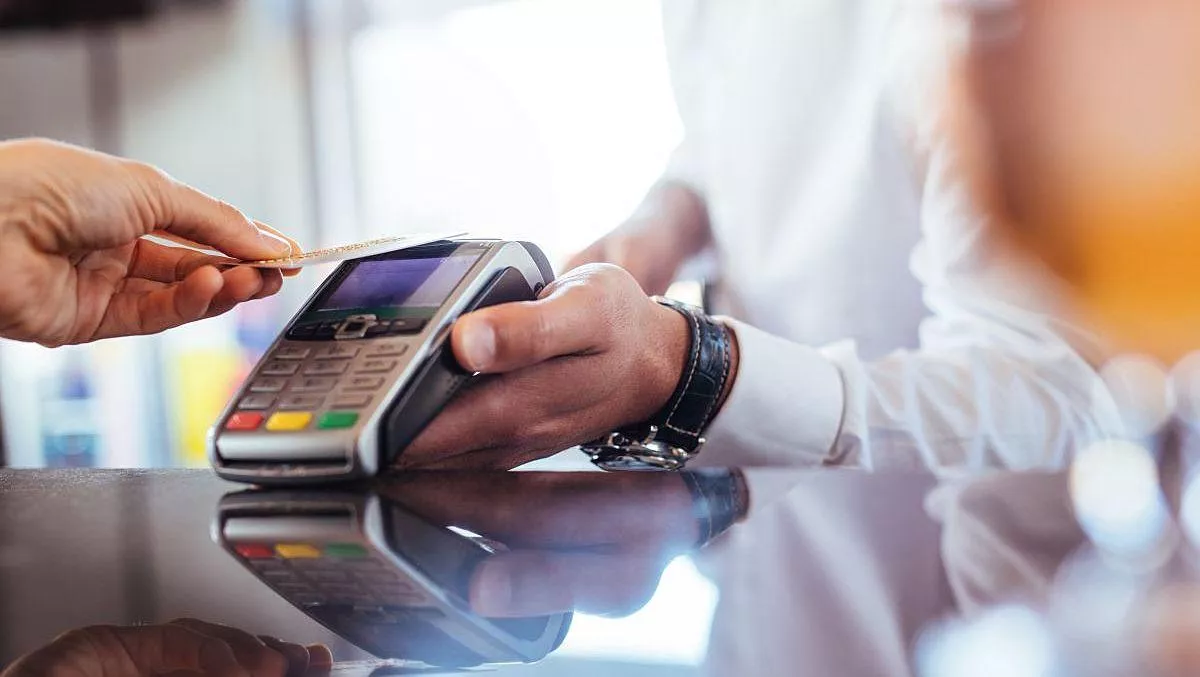
The rise of contactless card payments in the time of the COVID-19 pandemic
As the world continues to adjust to strict new regulations around movement, social distancing and periods of quarantine, technology is rising to meet the challenge. One very basic measure making our daily interactions safer is the rapid adoption of contactless payment technologies, which is replacing our reliance on paying with cash, or physically inserting a card into a point-of-sale (POS) terminal.
Recent statistics show that Australians make more than 1.8 billion electronic POS transactions per year, which equates to nearly five million every day, according to Eftpos Australia. Therefore, the potential migration of the COVID-19 virus and other germs is certainly a concern for these physical touch-points.
Contactless payment methods rely on embedded near-field communication (NFC) sensors in a card or smart device, which send signals directly to POS hardware, avoiding any need to make direct contact with surfaces in a specific shop, or pass cash notes to an employee -- greatly reducing the risk of spreading contaminants. Each individual transaction creates a unique code, each of which is protected by layers of authentication, monitoring and data encryption to keep an individual's finances safe – instilling trust in the consumer and the retailer the transaction is safe and secure.
Contactless transactions have been widely used in Australia for some years now, and the country continues to be one of the leading adopters of this technology. Contactless transactions are not only fast and convenient for shoppers, but also increase the potential number of transactions per hour at the POS – a win for retailers as well.
The Reserve Bank of Australia recently published the results of their fifth Consumer Payments Survey (CPS), which recorded more than 13,500 payments across all mediums. While 63% of respondents reported using cards as their preferred method of direct payment – with debit cards the most popular, contactless payments have risen rapidly. RBA reports that well over half of all payments are now made by 'tapping' a card, and a further 5% of in-person payments rely on a payment-enabled smart device such as a smartphone or watch.
"This ongoing shift to cards for relatively small purchases has been facilitated by the adoption of contactless functionality by consumers and merchants," according to the RBA's report.
Australia is witnessing a sharp spike in the number of contactless payments during the COVID-19 pandemic, with the government advising consumers to avoid contact with POS terminals. Many national retailers such as Aldi and Bunnings are actively discouraging the use of cash, and now place signs near POS terminals and the entryway to stores, advising people to use contactless payments when possible.
Major credit card companies are supporting increased use of contactless technology – for example, Mastercard as has doubled tap-and-go limits in Australia.
The result of the rise of contactless technology is a better experience for consumers and retailers in a difficult time. For example, a local pizza restaurant needs to keep serving their loyal customers but can no longer have people waiting in line for pick-ups, eating at tables or otherwise touching surfaces or employees.
With a few adjustments to ordering processes – including adoption of new health guidelines, physical barriers between customers waiting to pick up their order and employees and a method of direct payment that avoids the need to physically touch terminals or pass cash to an employee – the pizza restaurant can remain open and viable, despite the nationwide state of lockdown.
Contactless payments are certainly the way of the future, with trust in the single authentication platform leading to widespread adoption in Australia. Now, with the global pandemic altering the shape of markets all over the country, our entire economy, health, and the very lives of consumers is balancing on them.

